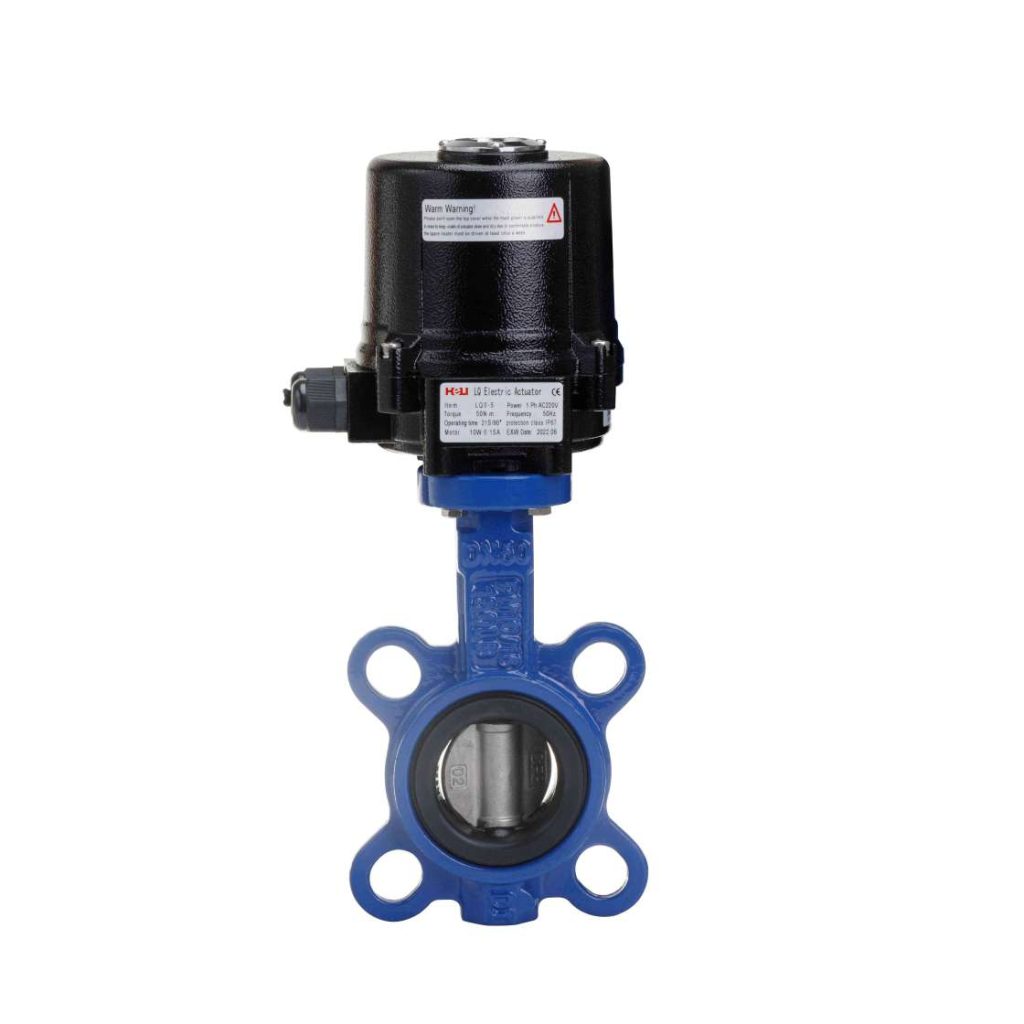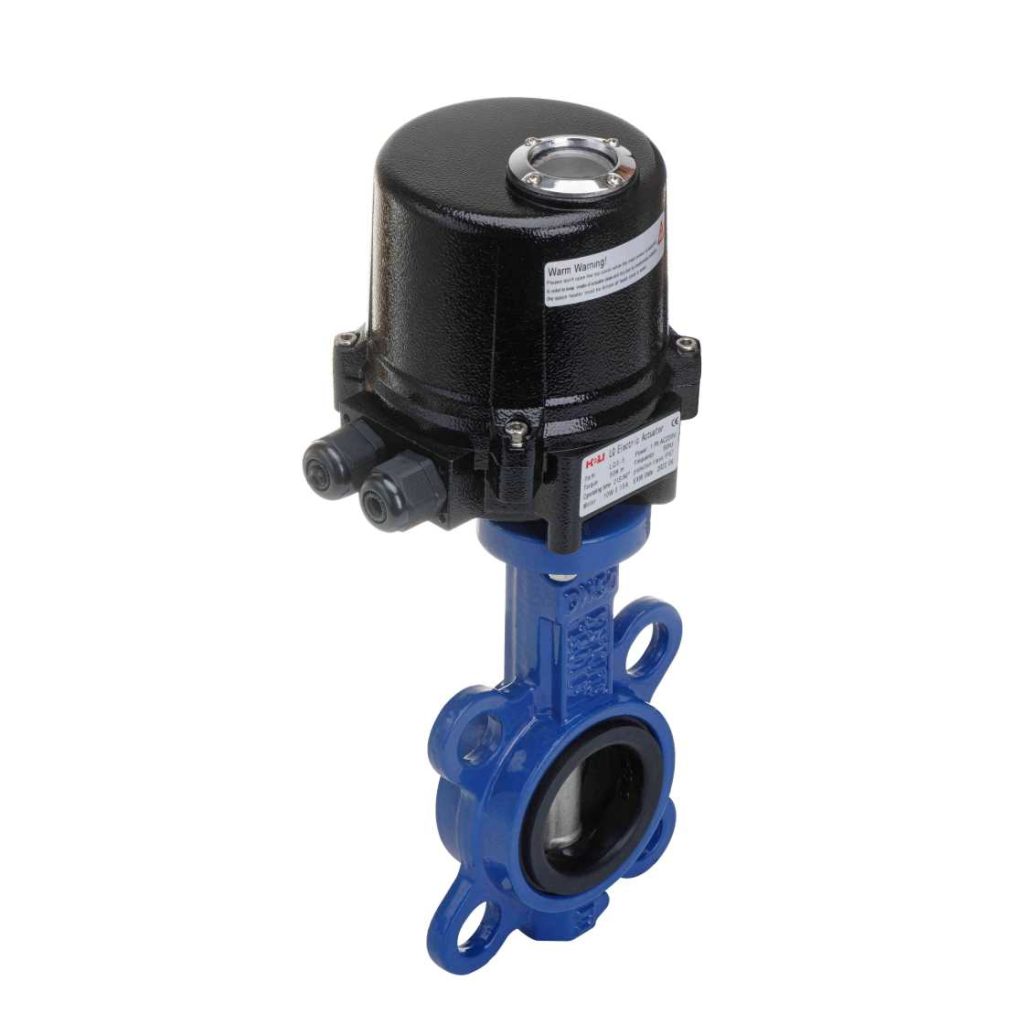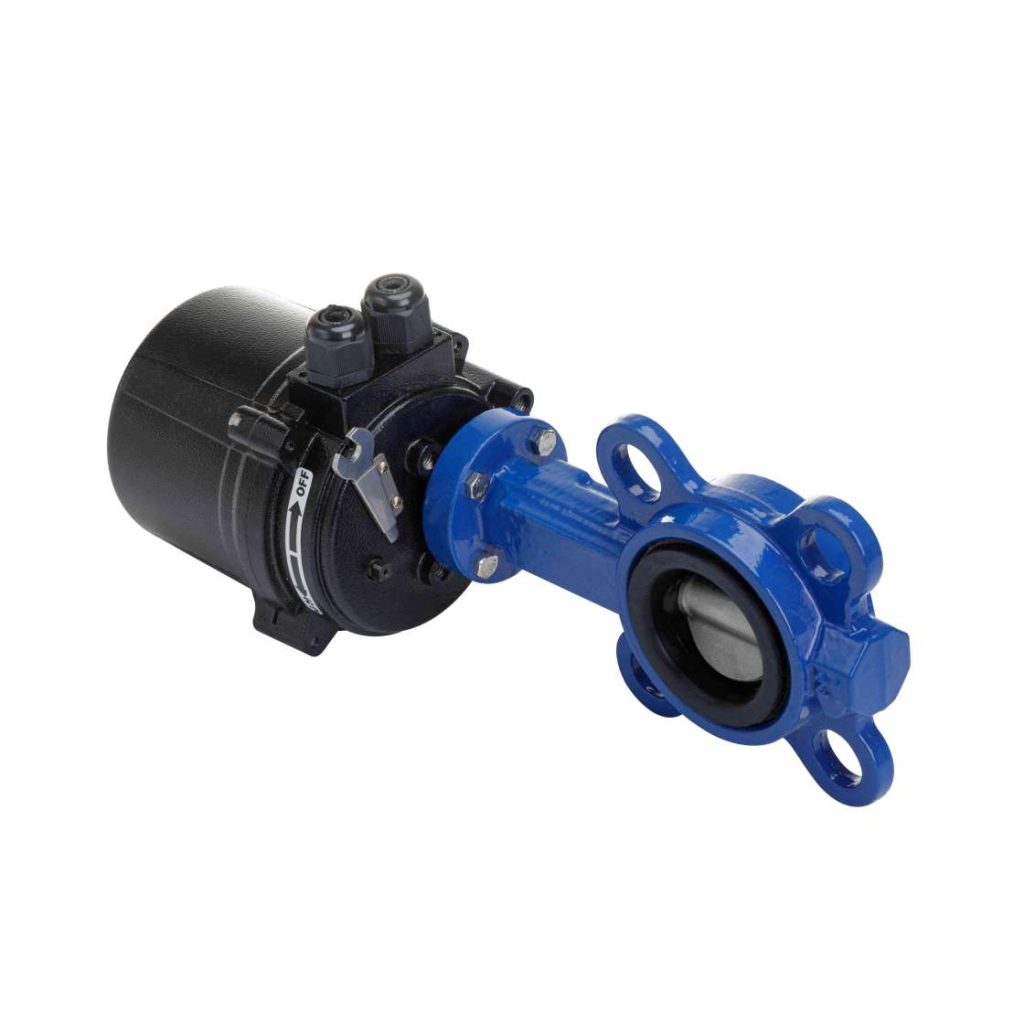In modern agricultural irrigation systems, efficiency and automation are key to ensuring optimal water use and crop growth. One of the critical components in such systems is the electric butterfly valve, which plays an essential role in controlling the flow of water to irrigation lines. As the demand for smart, automated irrigation systems grows, electric butterfly valves have become an integral part of agricultural water management. This article explores the importance of these valves, their applications, and the manufacturers that provide them to the agricultural industry.

Understanding the Electric Butterfly Valve

An electric butterfly valve is a type of valve that uses an electric actuator to rotate a disc or “butterfly” inside a pipe, controlling the flow of water. Unlike traditional manual valves that require human intervention, electric butterfly valves offer automation, which is especially crucial in large-scale irrigation systems. The electric actuator can be remotely controlled, allowing for precise adjustments to water flow, reducing the need for manual labor and ensuring that crops receive the right amount of water at the right time. Electric butterfly valves are designed to be durable, efficient, and capable of handling high water pressures and different types of water sources, making them ideal for agricultural irrigation. They are available in various sizes and materials, depending on the specific needs of the irrigation system.
